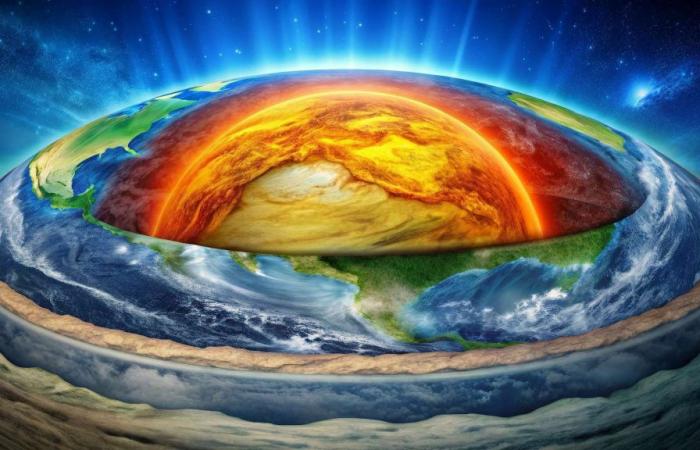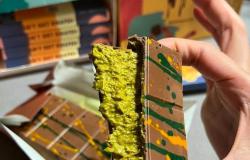It is by studying the structure of coatcoat under the southeastern part of the Pacific Ocean that researchers realized there was something strange there. Data from seismic tomography, a technique that uses seismic waves produced by distant earthquakes to image the internal structure of the Earth, have in fact revealed the presence of an unusual excess thickness at the level of the mantle transition zone. This, which is between 410 and 660 kilometers deep, marks the passage between the upper mantle and the lower mantle.
This transition zone corresponds to the depths at which olivine, the main mineral of the mantle, experiences a rearrangement of its crystal structure, due to the increase in the pressionpression. This phase change can, however, be influenced by temperature.
The remains of a very ancient oceanic crust
The extra thickness of the transition zone observed by scientists under the ridge East Pacific Rise therefore suggests the presence of cold material in this area of the mantle. However, who says cold material, says material coming from the surface. Researchers believe they have identified the remains of an ancient oceanic crust, which would have long since plunged into the mantle. via a zone de subductionzone de subductionat a time when the first dinosaurs appeared.
The data suggests that this oceanic crust is 250 million years old. However, it appears that it sank into the mantle more slowly than previously thought. For scientists, this suggests that the transition zone acts as a brake, slowing the descent of material into the lower mantle.
An influence on the dynamics of the deep mantle
The presence of this ancient oceanic crust in the mantle could also have implications for the entire dynamics of the region. Indeed, it seems to be at the origin of the strange shape of an important anomaliesanomalies of vitessevitesse which we observe at the base of the mantle and which we call the Pacific LLSVP (large low shear velocity province))or superpanachesuperpanache.
This study, published in the journal Science Advancestherefore shows to what extent surface elements can influence the deep dynamics of the mantle.






